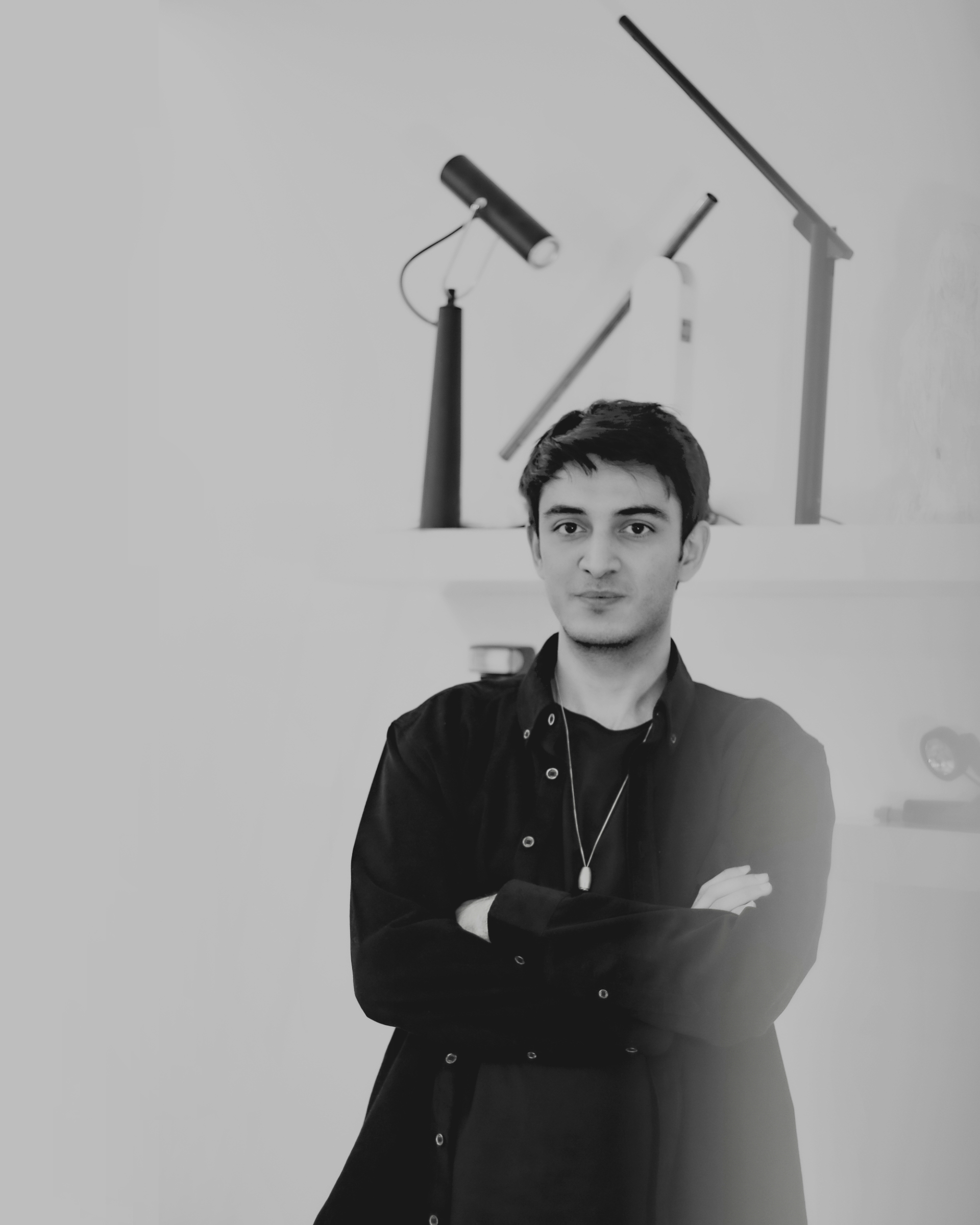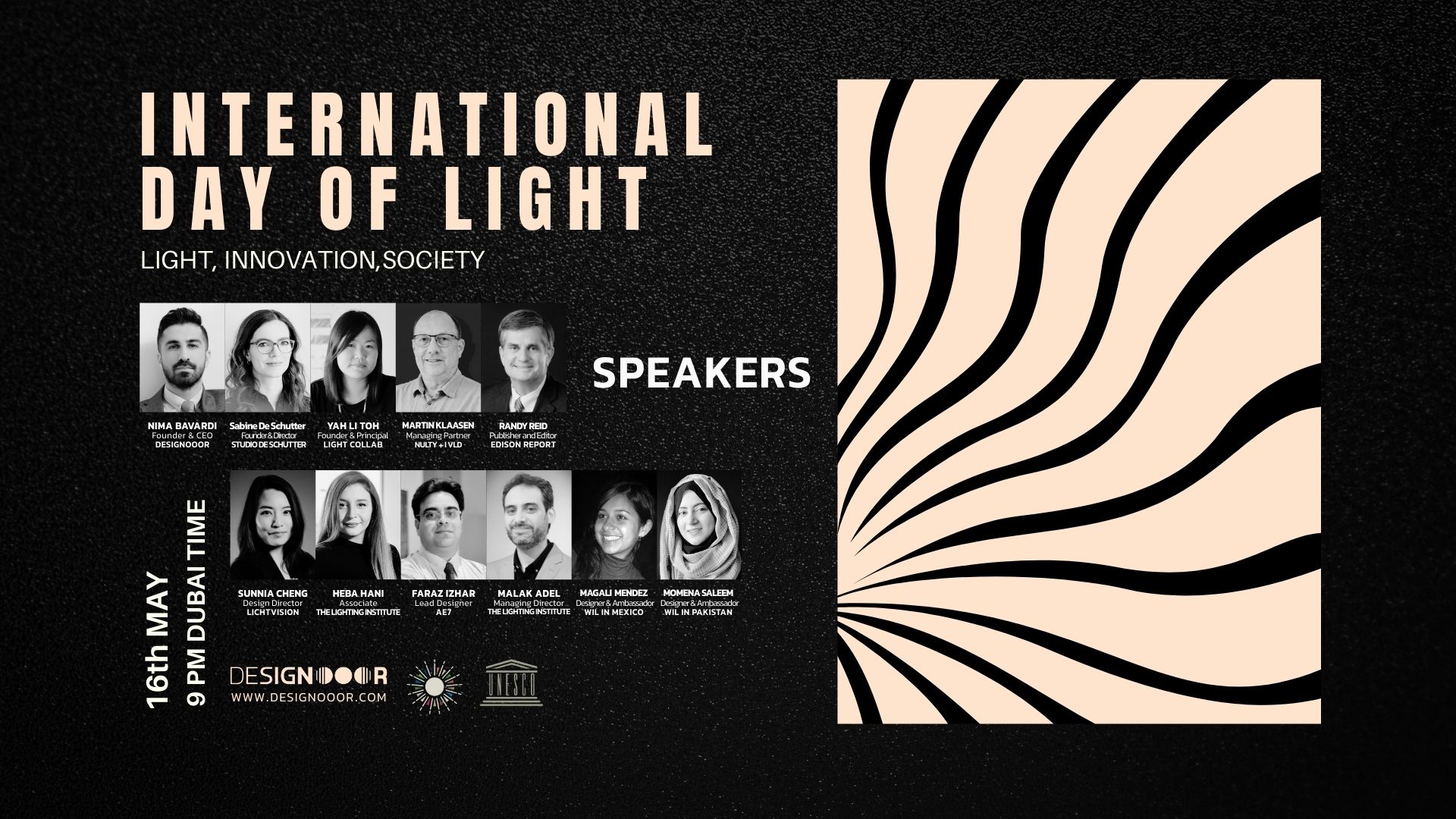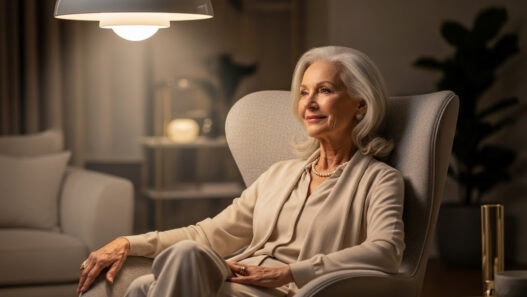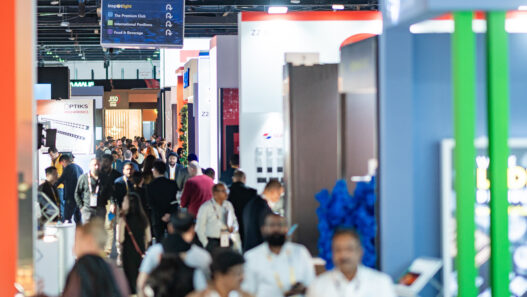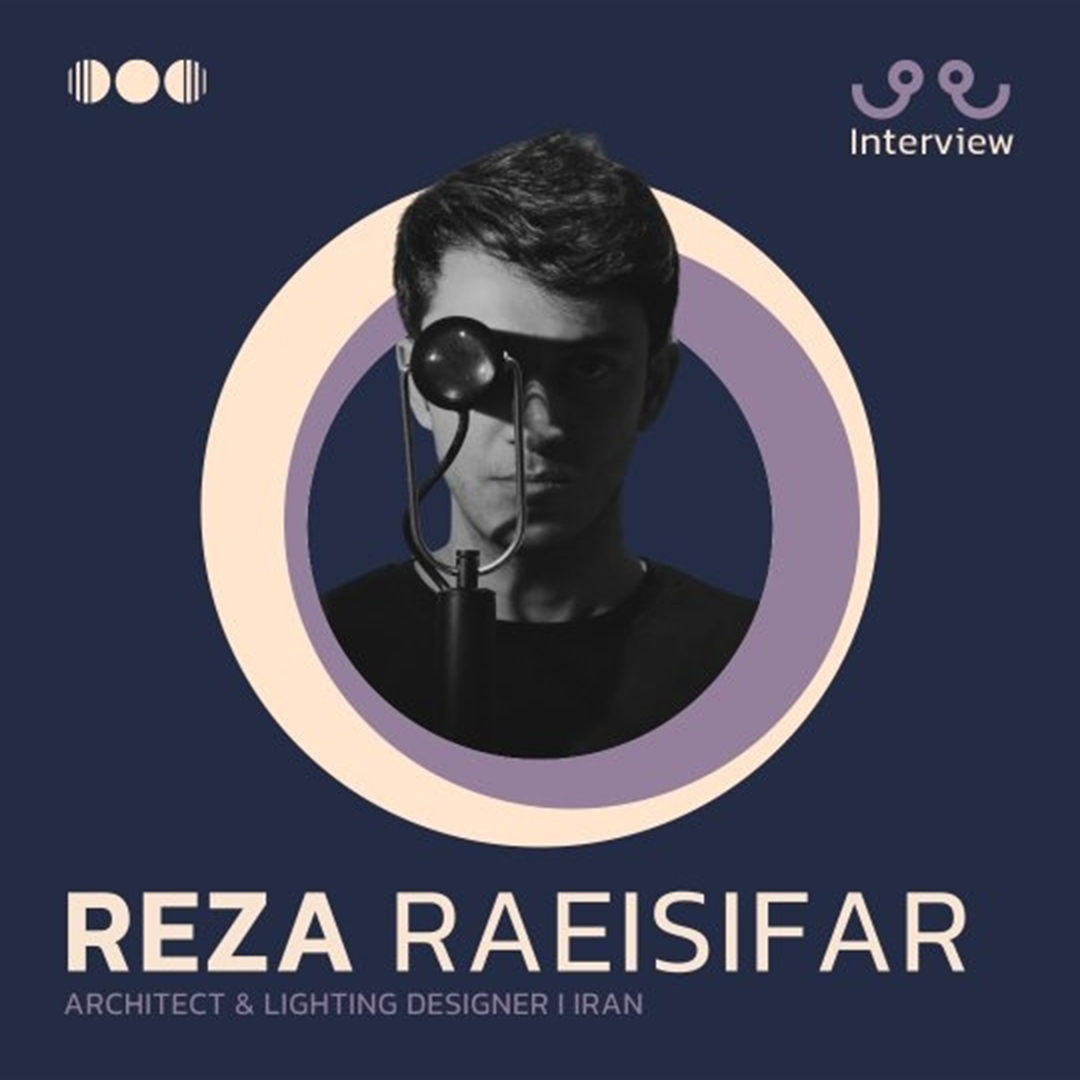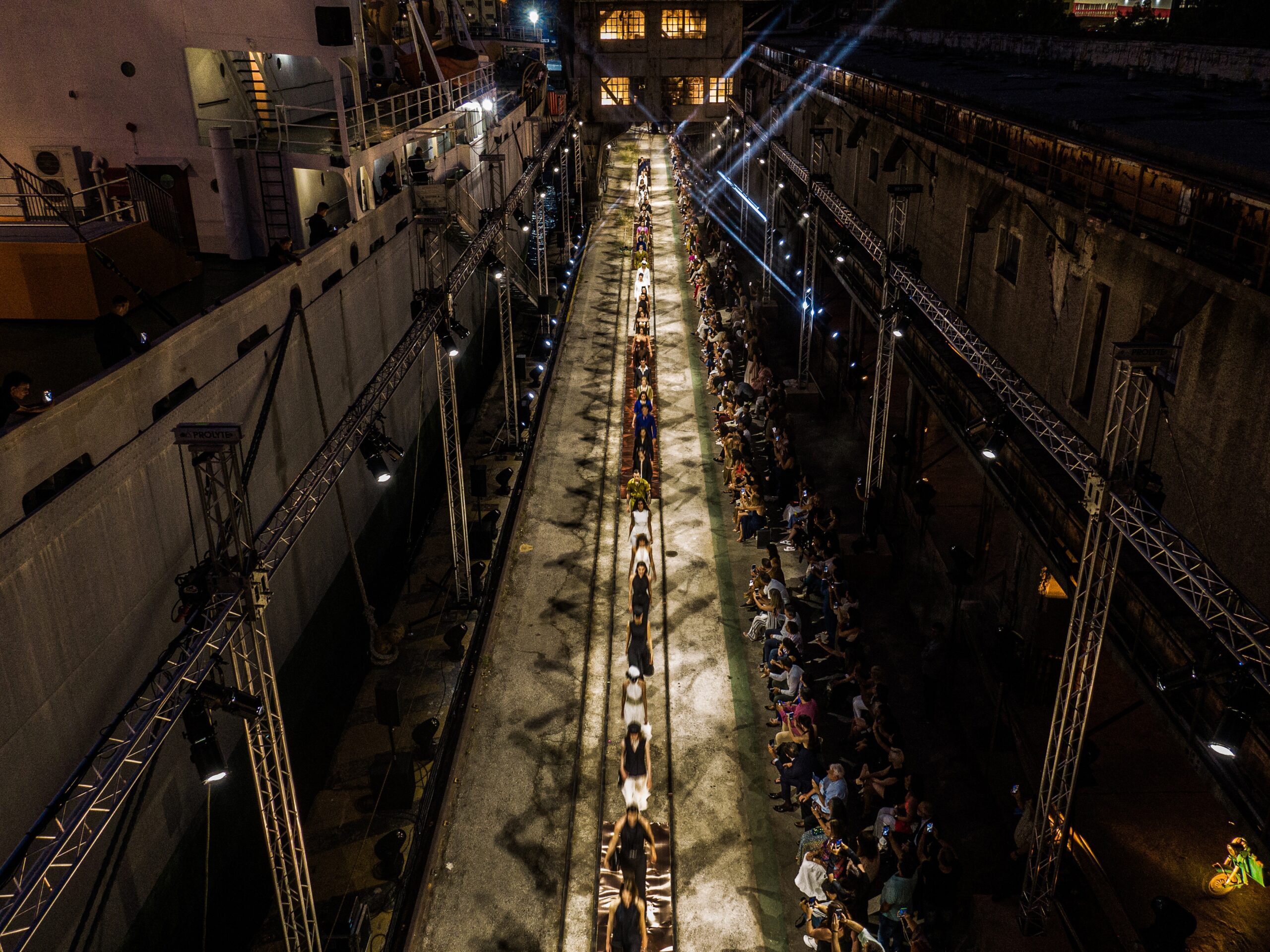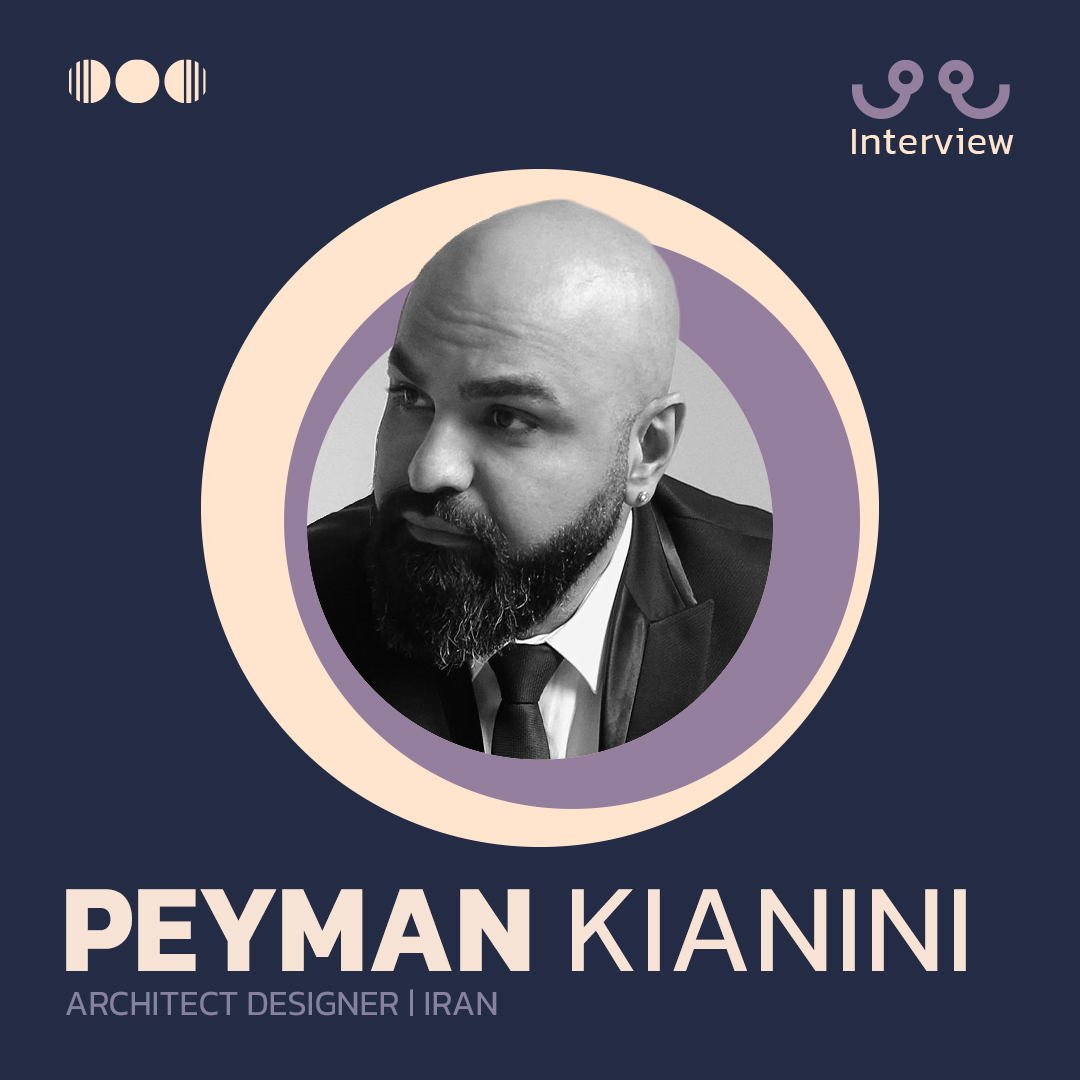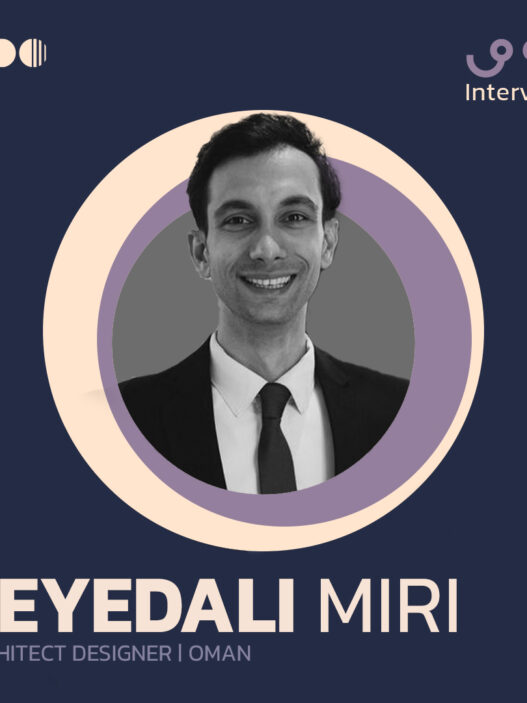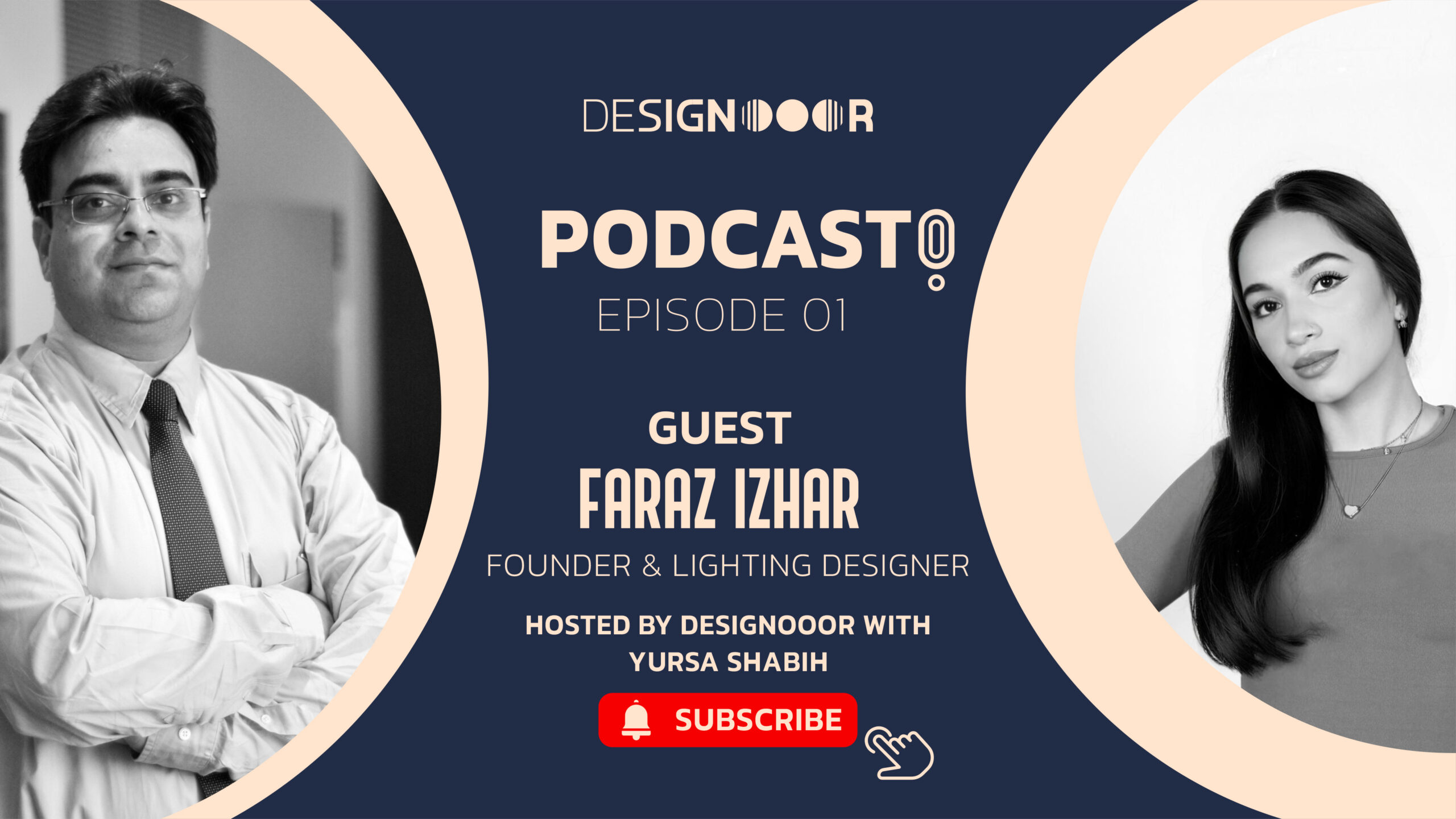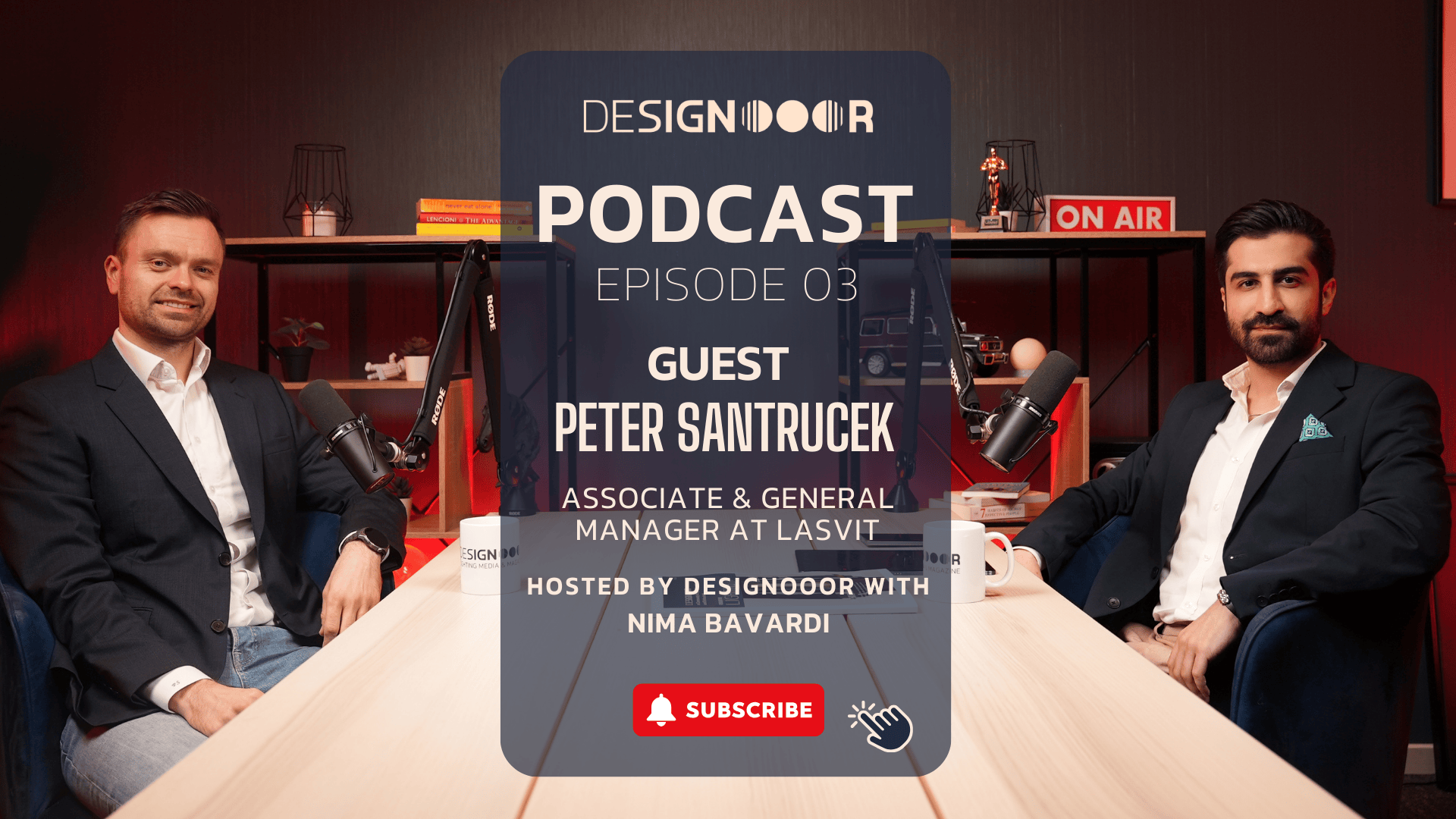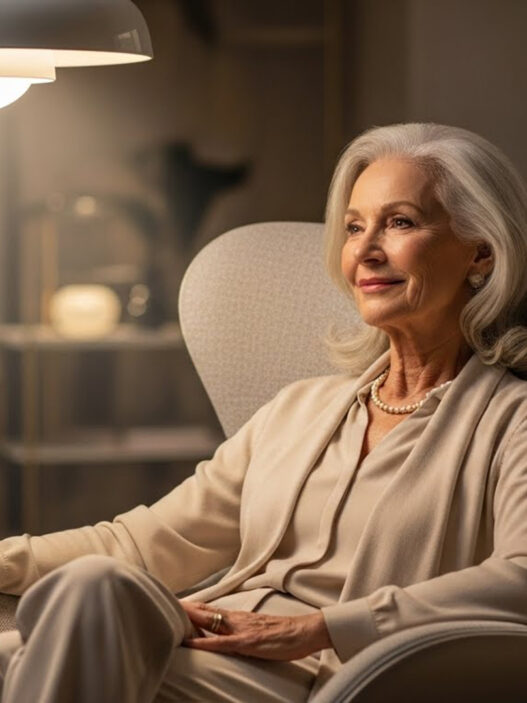REZA RAEISIFAR
ARCHITECT & LIGHTING DESIGNER
From a young age, Reza displayed an insatiable passion for creation and building. This drive first took shape in the world of robotics during his high school years and continued to thrive as he entered university. However, his deepening fascination with art and industrial design gradually led him to the field of architecture.
Years of hands-on experience in architecture, guided by the mentorship of a perceptive teacher, revealed a unique trait in Reza an extraordinary attention to detail. He doesn’t simply see a meter; he perceives a thousand millimeters. This acute precision, combined with his architectural insight, sparked his transition into furniture design.
But Reza’s creative path didn’t stop there. Drawing on his background in electronics and his extensive understanding of materials and mechanisms, he naturally gravitated toward lighting object design. Through trials, experiments, and the occasional failure, a rare talent emerged the ability to create harmony by fusing unexpected elements. It was only later that he learned this intuitive skill had a name: Adhocism.
This discovery marked a turning point, coloring his life with new meaning. Reza ventured into product design, a space where every piece he creates is deeply personal a true extension of his identity and values. Fueled by unwavering determination, Reza Raeisifar continues to explore, innovate, and bring light to the world quite literally through the transformative power of design.
Designooor: What do you enjoy most about working as a lighting designer?
As a lighting designer, creating light goes beyond merely constructing a lighting fixture for me. From ancient times to the present day, light has always held infinite value for humanity. Natural light sources like stars, the moon, and the sun have not only symbolized beauty but have also been sources of functionality and life.
What most captivates me in lighting design is the pursuit of a seamless blend between engineering and art. My goal is to ensure that every design not only meets functional requirements but also maintains a prominent visual beauty. For me, this process is where advanced industry and the precision of engineering intersect with the emotional and perceptual world of light, creating true magic. This delicate balance between engineering precision and sensory experience in designing lighting objects is what I find most enjoyable and inspiring.
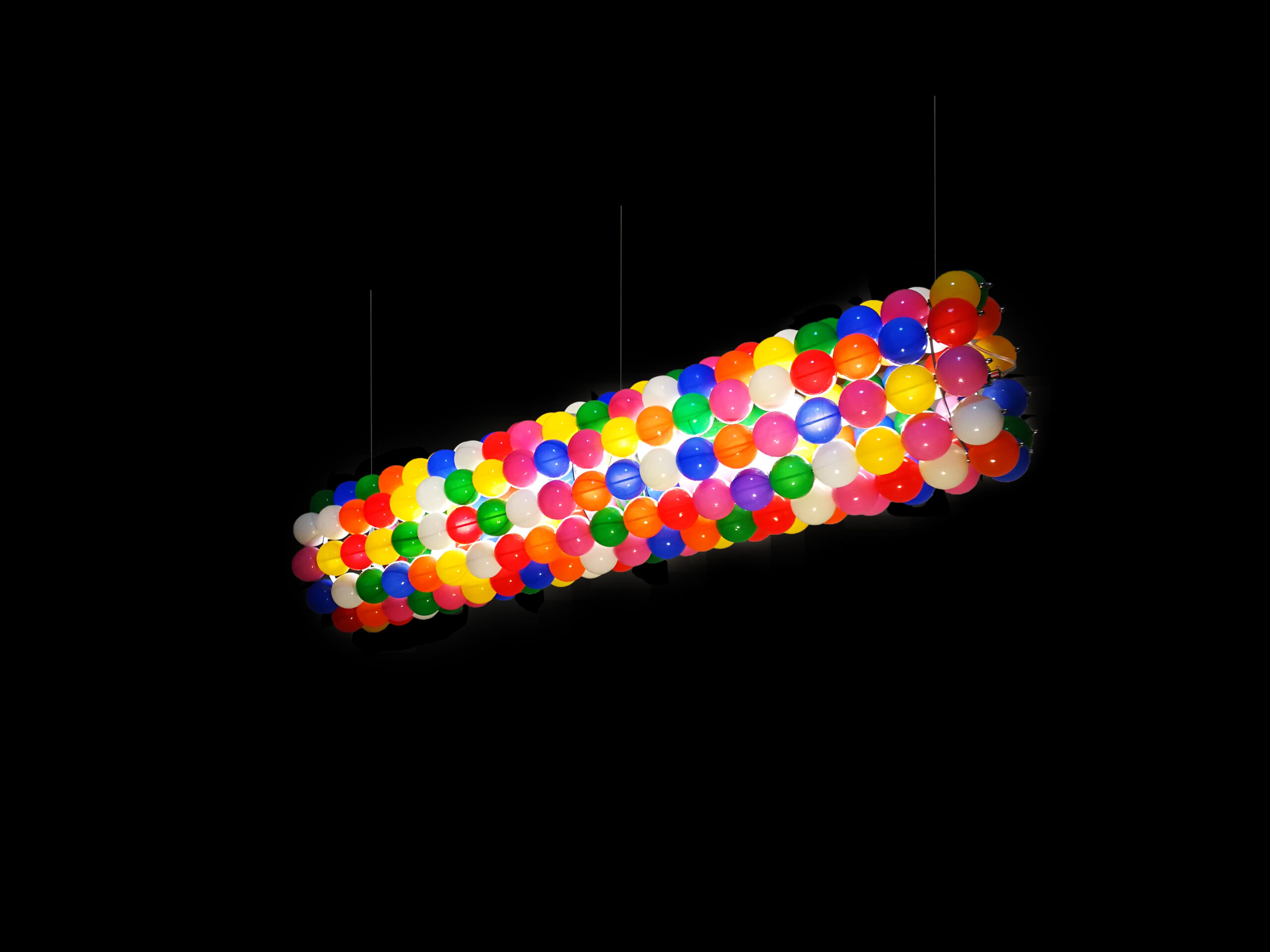
Designooor: What has been your greatest achievement as a lighting artist / designer?
My greatest achievement as a lighting designer has been the result of a gradual journey filled with diverse experiences. Initially, I tried to create unique lighting objects by combining light sources with miscellaneous items like kitchen utensils and discarded car parts. This approach was a form of exploration and experimentation in the world of lighting design.
Over time, drawing from my teenage years and the knowledge I gained in robotics, I sought to advance light sources and incorporate movement mechanisms into my designs. I built various prototypes repeatedly, each time adding to my experience and knowledge. This effort, alongside studying architecture, guided me towards designing more complex and cohesive forms.
Ultimately, by combining knowledge of electronics, mechanism design, and architectural principles, I gradually found my unique design perspective. This challenging journey eventually led to creating a product where functionality and form are harmoniously integrated. This harmony has made the final product have the most impact and feedback in its presented context, marking my greatest achievement in this journey.
Designooor: Can you fully describe one of your lighting design projects you particularly like? What features captivated you in this project?
One of the lighting design projects that particularly stands out to me is the “Keker” lamp. This modular lamp transforms into a dynamic and unique product by combining linear elements. What distinguishes this design from my other works is its innovative approach to modularity, allowing for diverse configurations and easy assembly.
The initial idea for this design was inspired by the order and character of metal blinds. My main goal was to create a lamp using aluminum slats that would evoke the appearance of blinds. To achieve this, I used a repeating arrangement of slats in a cylindrical volume. One of the main challenges of this project was arranging the slats in a way that minimized material use while avoiding any rigid and obstructive elements in the design. Therefore, I used transparent acrylic to maximize light reflection and enhance the visual appeal of the design without altering its volume.
A special aspect of this product is the creation of a nostalgic feeling through the use of an old material in a modern lighting product. Additionally, the availability of aluminum slats in factories allows us to prepare them for use in the lamp with minor modifications. Other strengths of this design include its nostalgic feel, adjustable dimensions, expandability, and color appeal, all of which make this project very special and dear to me.
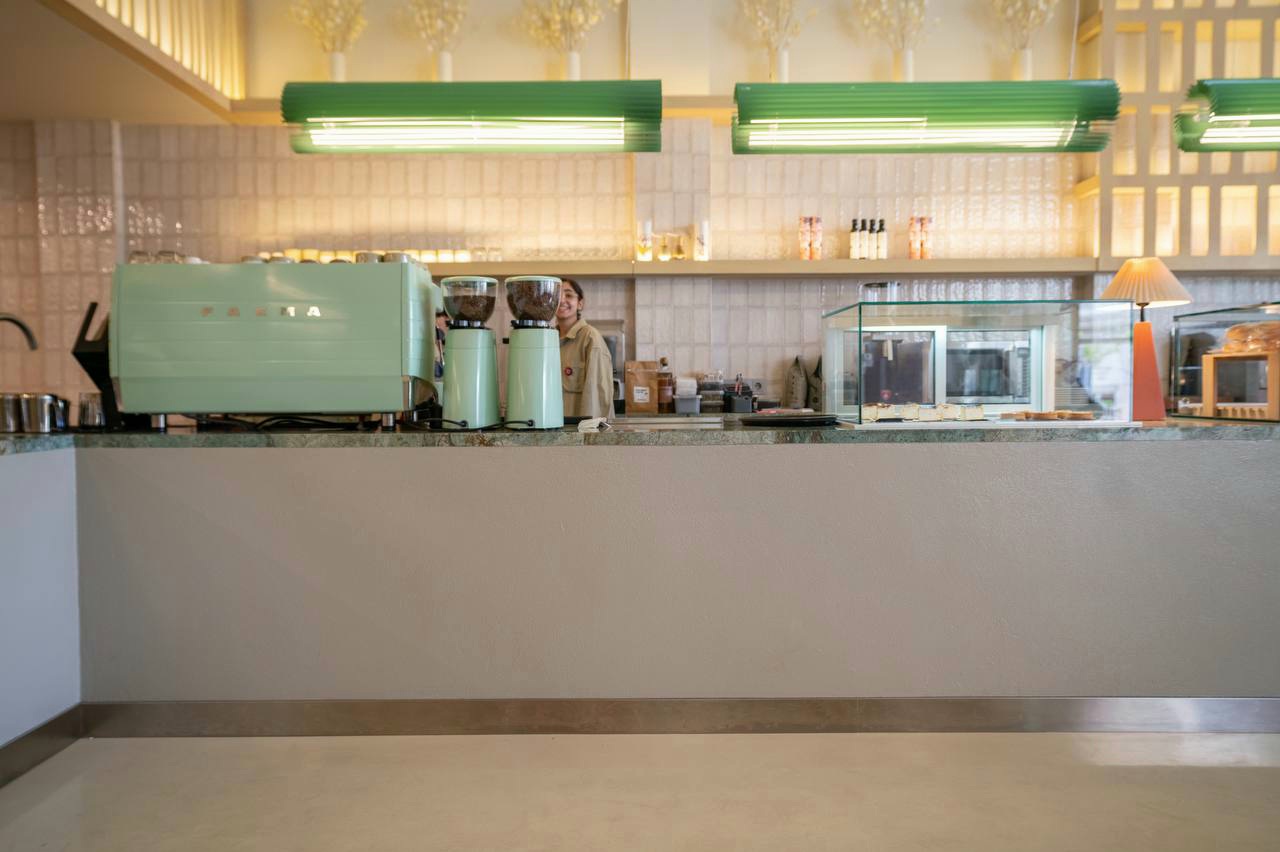
Designooor: What inspires you most when designing lighting products, and why do they attract you so much?
Designing lighting products has always served as a bridge to the depths of existence and nature for me. Everything, from humans to trees and animals to galaxies, emerges from the arrangement of small, harmonious elements. This synergy and connection between elements are the main sources of inspiration in my design.
The concept of modular forms, which is always prominent in my works, allows me to create products that can adapt infinitely to different shapes and sizes, aligning with diverse needs. This flexibility not only enables me to create aesthetically pleasing products but also allows me to craft works that address the deepest emotions and needs of users.
Another allure of design for me is its ability to evoke joy and warmth in users. Being able to create a dynamic and pleasant form through the repetition and combination of small details and elements, which brings about a soothing and joyful space, strengthens my motivation and enthusiasm in this field. For me, lighting design is a way to bring brightness and freshness to people’s lives through creativity.
Designooor: In many of your products, you have combined metal and wood. Metal represents industrial strength, while wood evokes classic, natural elements. What feelings did you intend to evoke in users with this combination?
Combining metal and wood in many of my lighting products is a deliberate effort to create an aesthetic and emotional balance that provides a multidimensional experience for users. Metal, with its outstanding features such as strength, elegance, and high formability, has always been a key element in my lighting design. This material symbolizes industrial power and engineering precision, providing my products with durability and cohesion.
In contrast, wood, as a natural and warm material, brings a sense of life and nature to the space. With its natural texture and warmth, wood adds a calming and pleasant quality to the environment, creating a beautiful balance amidst the strength and coolness of metal.
My goal in combining these two different materials is to create a sensory and visual experience that allows users to benefit from both the strength and elegance of metal and the warmth and intimacy of wood. This combination is designed to showcase the contrast and evolution between the two materials while maintaining the integrity and harmony of the product. Thus, users not only enjoy the visual beauty and performance of lighting and mechanical mechanisms but also connect more deeply and emotionally with the natural and warm feel of wood.
This effort to create a coexistence between the strength and elegance of metal and the warmth and pleasantness of wood has always been one of the most fascinating and challenging aspects of design for me, as it allows me to create a product that is not only beautiful and functional but also connects with users on a sensory level, providing a unique and memorable experience.
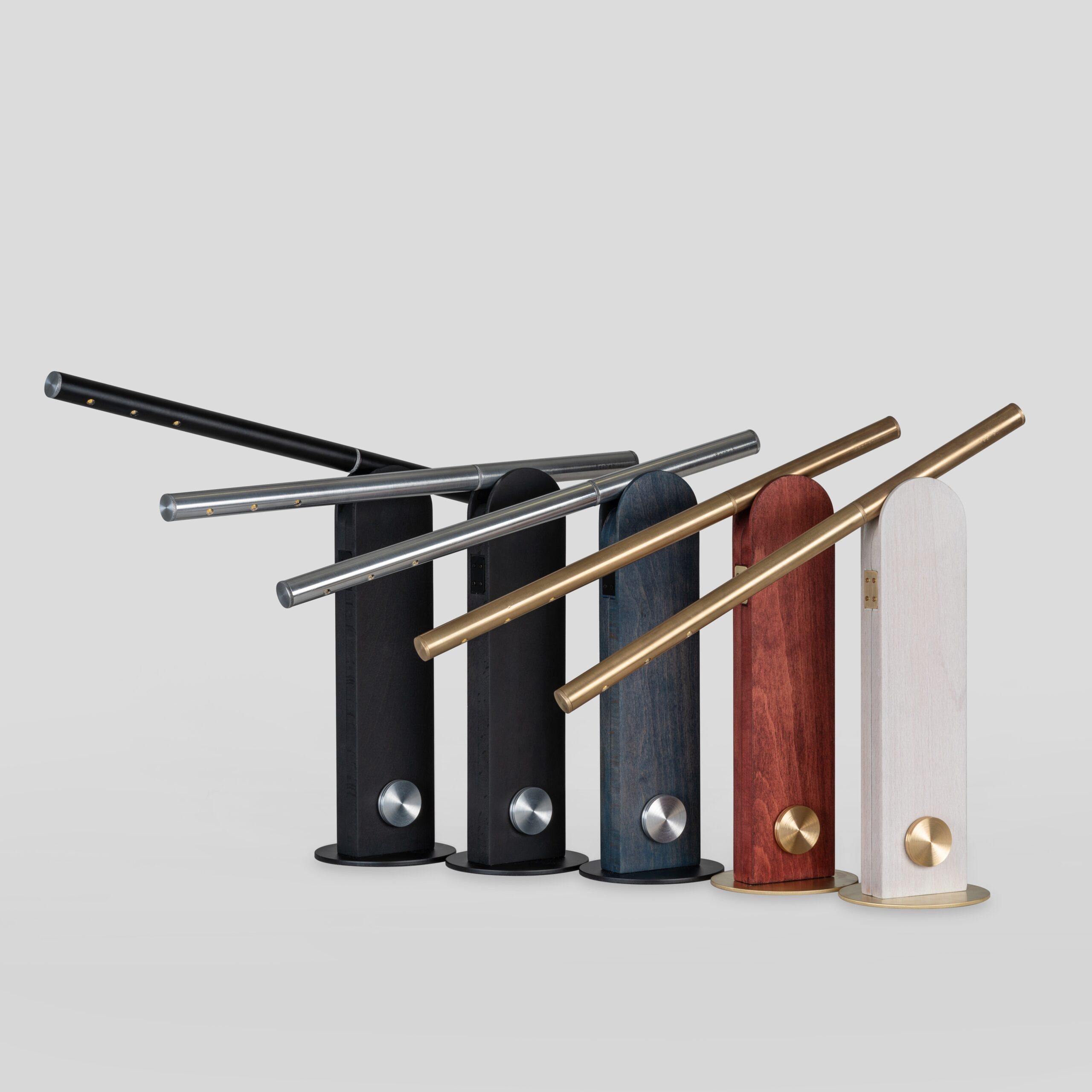
Designooor: Most of your products focus primarily on performance quality and functionality. What challenges did you face, and how did you overcome them?
For me, the process of designing and producing lighting products is a meticulous and multi-stage journey that consistently focuses on quality and performance. This process includes seven distinct phases, each playing a crucial role in achieving the final product.
In the initial step, everything begins with ideation and imagination. This phase is where creativity reaches its peak, and ideas are developed freely. Next, I move on to the hand-drawing stage, where ideas take shape on paper through sketches. This stage helps me visualize the initial and approximate forms of the product.
Once the preliminary forms are established, I enter the modeling phase. At this stage, the forms are processed more precisely, with a primary focus on improving the quality and performance of the product. After reaching the final form, I proceed to engineering modeling, where the product is thoroughly examined and analyzed from a technical perspective. If necessary, I return to the previous stage to make adjustments to ensure that the quality and performance reach their maximum.
After this, the prototyping phase begins. This phase is one of the most critical parts of the process, as it involves identifying and addressing potential issues and defects in the product. Typically, between 3 to 4 prototypes are made to ensure that all aspects have been thoroughly examined.
Finally, the approved product is tested under various conditions for three months to perform the final quality control. This final stage ensures that the final product is flawless in terms of appearance, performance, durability, and quality, and is ready for market entry.
Throughout this process, there are many challenges, including maintaining a balance between creativity and technical performance, continuously improving quality, and addressing issues that may arise at different stages. However, these challenges have helped me create final products that are not only beautiful and innovative but also functional and high-quality.
Designooor: When and where do you personally feel most creative?
I typically experience my greatest creativity in moments of solitude, where I allow my thoughts to delve deeply into the topics at hand, away from the daily hustle and bustle. This process requires time and focus; usually, after several days of fully concentrating on a topic, I gradually reach a deep state of creativity. The more I access the inner layers of my thoughts, the more my focus and creativity increase.
Sometimes, I use tools like music to access these deeper layers. Music serves as a key that opens the doors of my mind to a world of ideas and inspirations. Each note and melody takes me on an inner journey where my creativity is unleashed in a unique way.
At other times, nature allows me to attain inner tranquility and release my mind from stress and concerns through the silence and natural beauty around me. Nature, with all its details—the sound of the wind among the trees, the flow of water, and the sunlight filtering through the leaves—provides an endless source of inspiration and calm. In these moments, I feel completely aligned with my surroundings, and ideas flow smoothly and naturally in my mind.
These moments of solitude and focus, whether aided by music or immersed in nature, allow me to access the deepest layers of my mind and experience my creativity in its purest and most flawless form. This state of creativity is not just a time for generating new ideas but also a time when I establish a genuine connection with myself and the world around me.
Designooor: What advice and guidance do you have for those looking to enter the lighting design profession?
Lighting design, as an interdisciplinary field, requires mastery of a range of knowledge and skills that are interconnected and overlapping. If you are looking to enter the field of lighting design, my advice is to approach it with a deep understanding of its three key aspects: electronics, engineering, and art.
**1. Mastery of Electronics:**
Lighting design is directly linked to technology and electronics. Understanding the basics of electronics, including circuits, sensors, and lighting control systems, allows you to design lighting products with precise and reliable performance. You should be proficient in using modern technologies like LEDs, dimming systems, and smart controls, and be able to adapt to rapid changes in these areas.
**2. Light Engineering and Mechanical Design:**
Mastery of light engineering helps you understand the physical concepts of light, such as reflection, refraction, and dispersion, and manage light in an optimized and effective way. This involves a thorough understanding of how light is distributed in space, selecting appropriate lenses and diffusers, and performing calculations related to light intensity and quality. Additionally, mechanical design and engineering are crucial, as you need to design products that function effectively and durably in the real world.
